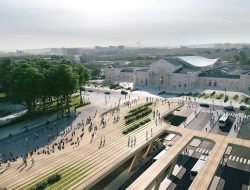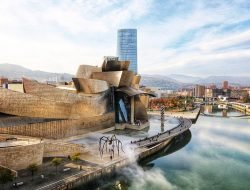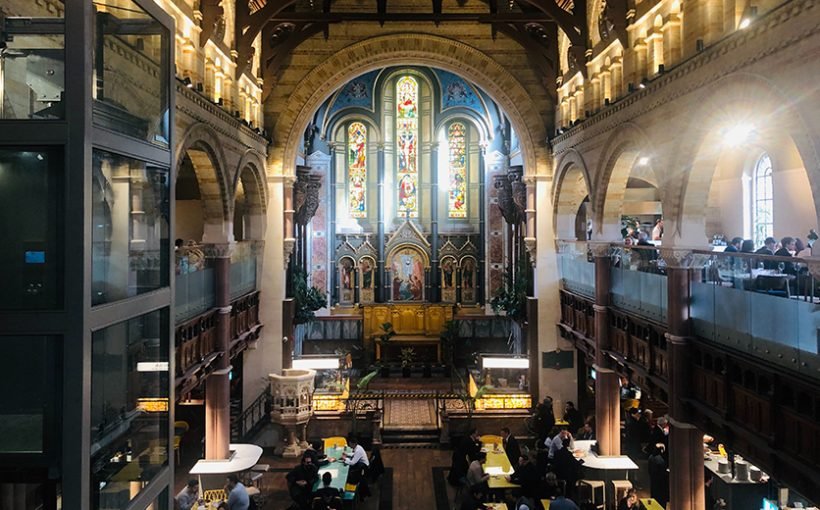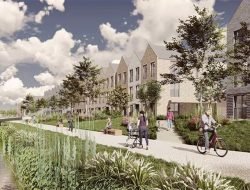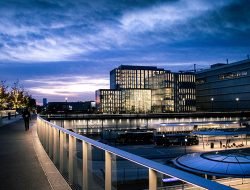Cities around the world have widely adopted the concept of real estate renovation/rehabilitation. When new is made using old, old churches become restaurants, factories are transformed into museums or apartments and warehouses are redesigned to become offices. But beyond individual buildings, some planners are questioning the meaning of a similar revitalisation, but on a city scale this time.
reUrbanism is based on ten guiding principles, defined by the US National Trust for Historic Preservation. These ambitions detail how the reuse of historic buildings can bring human, social, ecological and economic benefits to cities.
Saving the past to enrich the future
Among the principles that define reUrbanism, we can cite the following ideas:
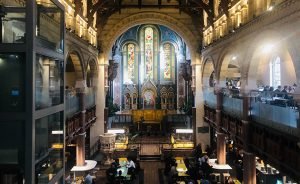
St. Mark’s Church London © Cristiano Pinto
- A city is only successful when it works for everyone, regardless of the standard of living, education and work of each of its inhabitants.
- It is the old buildings that give cities a sense of identity, history and authenticity.
- Revitalised old neighbourhoods are economic engines and perform better when old and new are mixed.
- Cities are made for citizens, not cars. Enhancing a neighbourhood also involves optimising its accessibility to pedestrians and public transport.
- The most ecological building is one that is already built.
- Areas with a mix of old and newer fabric tend to be denser than 100% new areas.
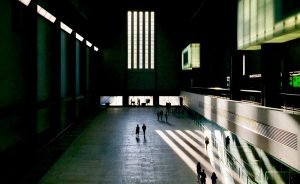
Tate Modern © Massimo Virgilio
We can see that the way in which we invent the future of cities will necessarily have to integrate certain ideas from the past.
Tags: National Trust for Historic Preservation, rehabilitation, reUrbanism, town planning., urban renewal

































